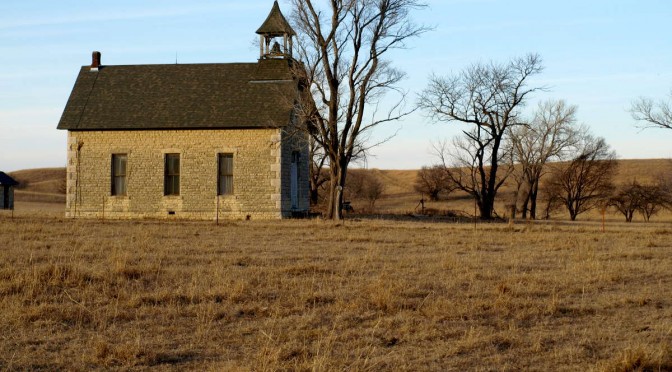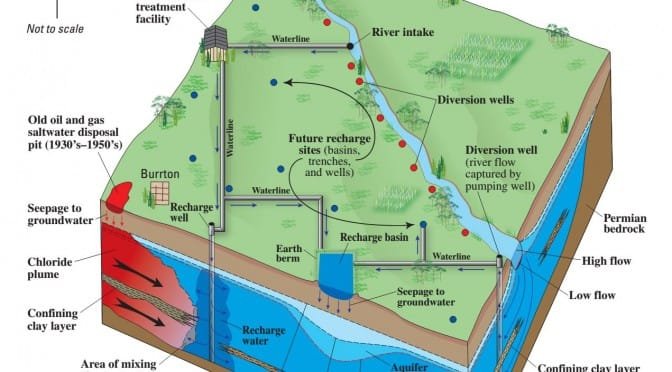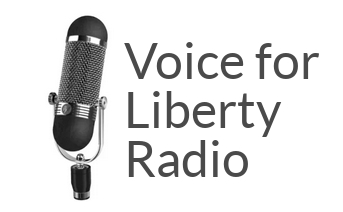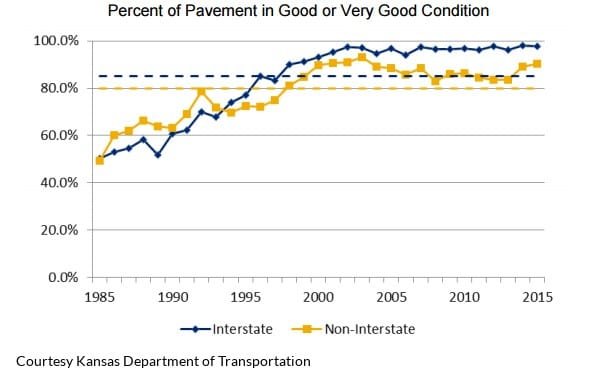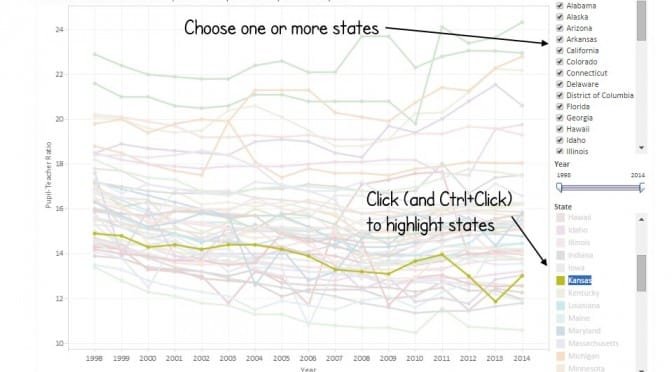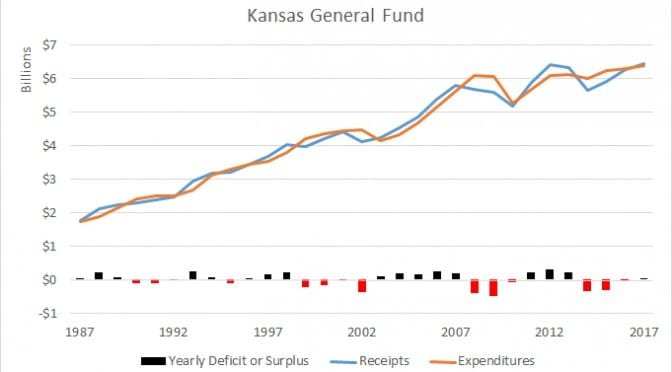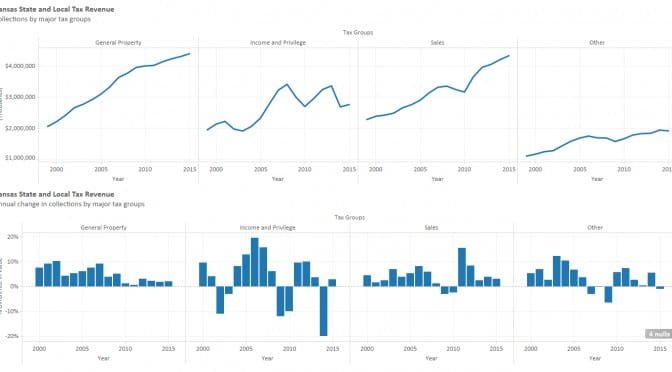A joint statement released by Kansas Association of School Boards, United School Administrators of Kansas, Kansas School Superintendents’ Association, and Kansas National Education Association makes claims about Kansas public schools that aren’t factual.
The Kansas public school establishment is proud of Kansas schools. In a joint statement released at the start of this year’s legislative session, satisfaction with schools is evident: “Our Kansas public schools are great. … The results are there. Working with parents and communities, Kansas schools rank in the top ten nationally on every measure on reading and math tests, high school completion and college preparation.”
According to National Center for Education Statistics, Kansas does have a high percentage of students that graduate from high school. But this is the only bright spot for Kansas students. In many other measures Kansas is near the middle of the states, and in some cases much below the middle.
In the recent report Quality Counts by Education Week, Kansas ranked twentieth overall among the states.
For last year’s ACT scores, Kansas ranked twenty-first in composite score. Kansas ranked twentieth in readiness for college in English, and twentieth also for math readiness.
In U.S. News and World Report’s How States Compare in the 2015 Best High Schools Rankings, we find Kansas ranked forty-fifth among the states, with 1.3 percent of its high schools earning a gold or silver medal. There were no gold medals; only silver.
The National Assessment of Educational Progress (NAEP), known as “The Nation’s Report Card,” reveals the unfortunate weakness in Kansas schools. NAEP is a test that is the same in all jurisdictions. Consider fourth grade math, looking at the percent of students who score “proficient” or better. For all students, Kansas ranks twenty-second, a little above the middle. But when we look at subgroups, something else appears. For black students Kansas ranks thirty-eighth, for Hispanic students the rank is thirty-fourth, and for white students the rank is twenty-ninth. Similar patterns exist for math and reading in grades four and eight. The highest Kansas ranks in any subgroup is fifteenth for grade eight math for Hispanic students. (Click here for a pdf version of these rankings. An interactive visualization of these scores is here.)

It’s unfortunate that Kansas does not rank better in all these measures. What’s worse is the insistence that Kansas schoolchildren are doing well. Notwithstanding this evidence, after listing all the ways Kansas schools and teachers work to make school great, the joint statement says “This is how the Kansas school system operates. We are good at.”
But it isn’t good for Kansas schoolchildren to be in a system that does not recognize the truth.
